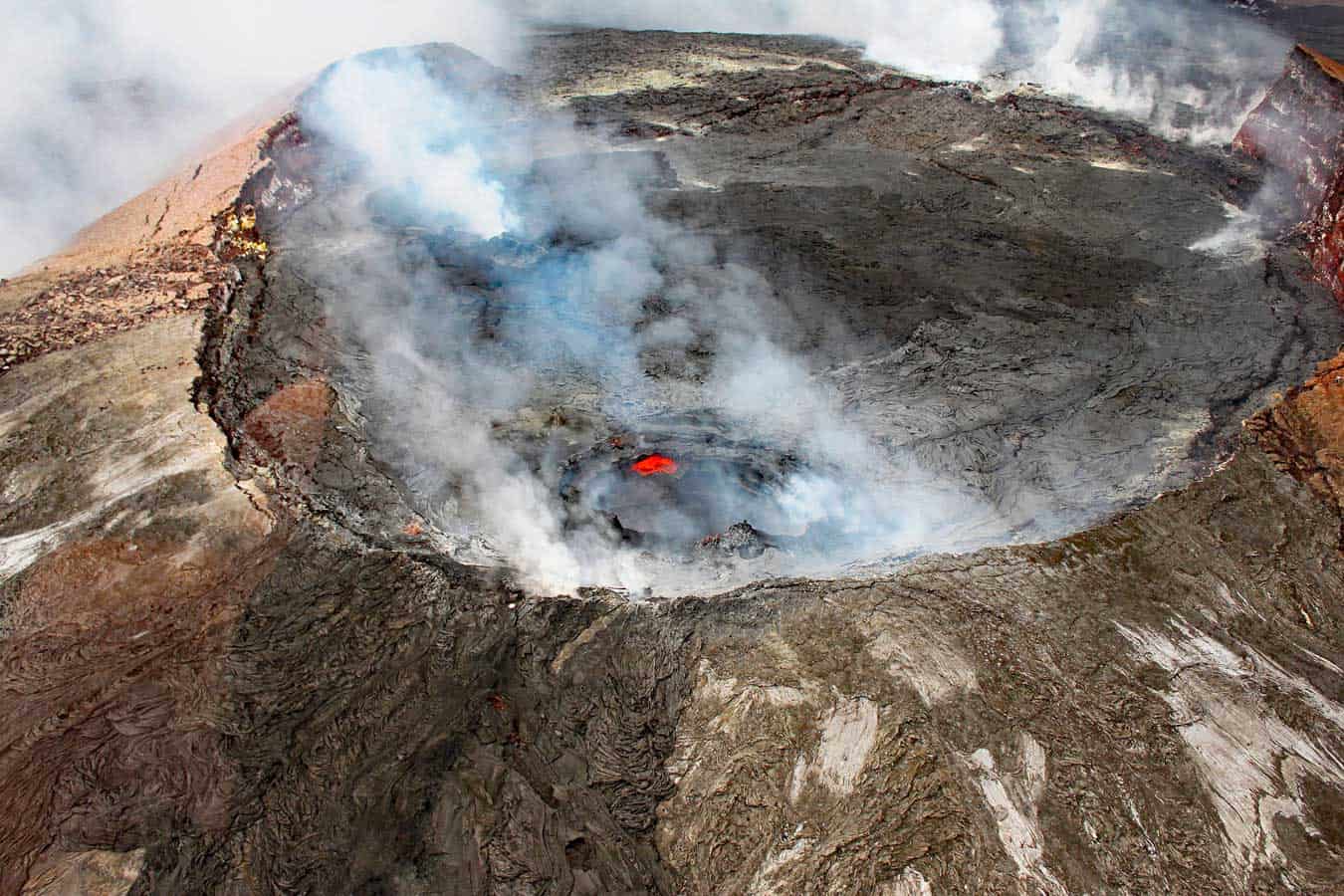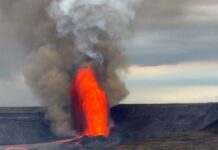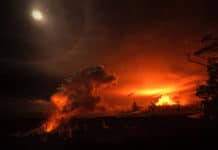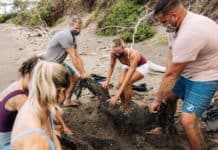
As the Kilauea volcano rages on, fears over what this means for meetings and incentives are revving up for many planners.
But they shouldn’t worry, according to Ross Birch, executive director of the island of Hawaii Visitors & Convention Bureau, and Mary Neister, VP of Meet Hawaii. We spoke to them about what the Hawaii volcano eruption means to planners and attendees on the ground and those considering Hawaii for their next meeting or event. Beyond the smoke and ash, it’s a pretty rosy picture.
“Our year-round sunshine and soft tradewind breezes provide an ideal environment for our meetings and incentive groups. Hawaii offers the feel and appeal of an international destination with the familiar comforts and conveniences (same language, same currency, safe and security) of working in the US.”
Do you anticipate any hotel or resort damage from Kilauea?
Birch: No, as the eruption location is more than 100 miles away from the western Kohala and Kona Coasts where the island’s major visitor accommodations and resorts are located. Additionally, Hilo town is approximately 20 miles away and is unaffected by the Kilauea volcano. Residents and visitors who do not have official business in the active evacuation area (Leilani Estates and Lanipuna Gardens Subdivisions) are asked to stay away to keep the roads as clear as possible and allow homeowners to evacuate.
Neister: There is absolutely no reason at this time for travelers to change or alter their leisure or business plans to the island of Hawaii or neighboring Hawaiian Islands. Air access, accommodations and activities are all operating under normal business operations on island of Hawaii and all neighboring islands. Air quality remains largely unchanged across the state; however, air quality near where the lava is flowing can be hazardous, and officials are continuing to monitor air quality.
Are there currently any conventions, meetings or incentives taking place on the Big Island? If so, have they been impacted by Kilauea?
Birch: There are currently numerous groups with hotels on island, some hosting anywhere from three to five groups this past week. The current volcanic events have not affected their stay or caused additional concerns as the activity surrounding the latest Kilauea lava outbreak is limited to an isolated area in lower Puna on the island’s east side. The island’s major visitor accommodations and resorts are located are in western Kohala, almost 90 miles away from the lower Puna area. For perspective, this is the area furthest from the current activity.
Neister: All of the Hawaiian Islands are unaffected by Kilauea volcano except the remote area on the island of Hawaii’s east side. Out of the island’s 4,028 miles, less than a 10- mile area of Leilani Estates and Lanipuna Gardens Subdivisions in Puna is affected.
How can planners who are considering Hawaii for their next meeting, conference or incentive plan ahead to avoid a hazardous situation like the Kilauea eruption?
Birch: Kilauea is one of the most active volcanoes on earth and has been erupting for the past 35 years. The topography of the island between east and west is not conducive for a natural flow. It is also important to put into context the type of eruptions that take place on our island as eruptions of Hawaiian volcanoes are typically nonexplosive and are usually gentle due to its highly fluid lava composition, which tends to flow freely both beneath the surface and upon eruption.
For up-to-date information on the Hawaii volcano eruption, visit this link.










